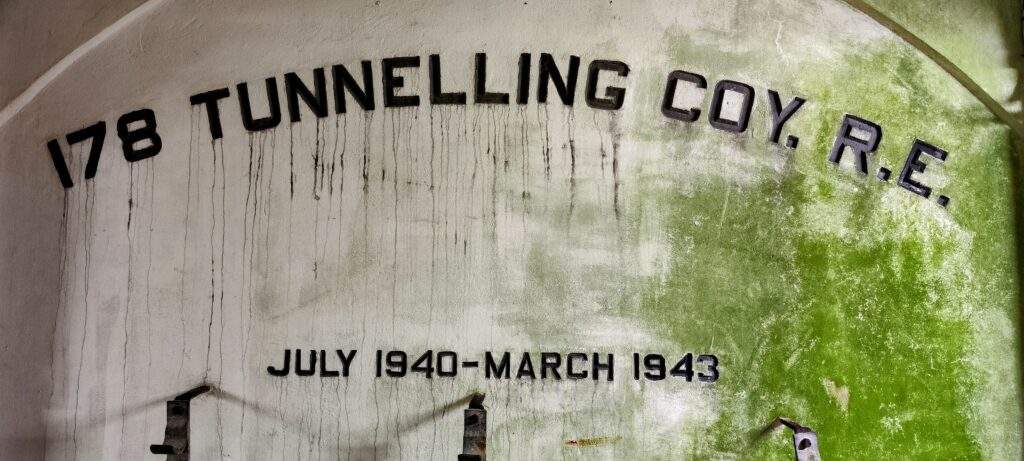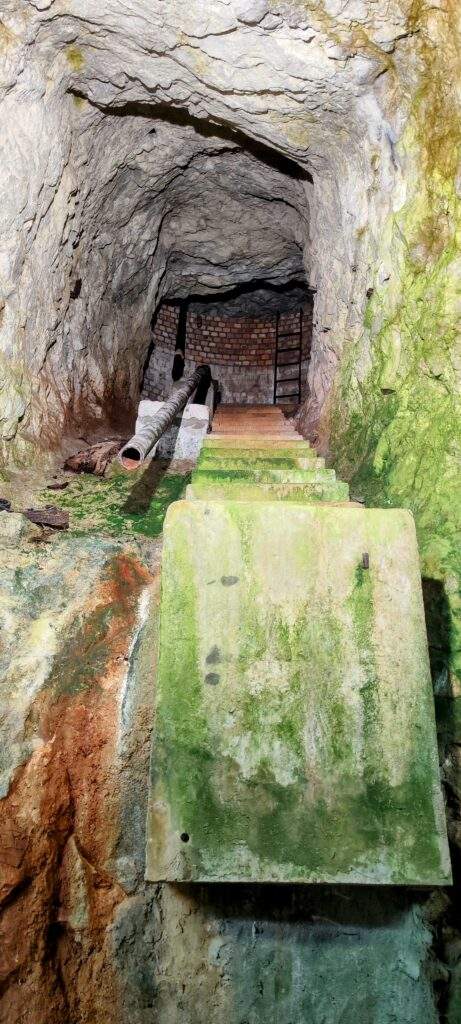Unexplored UK: Gibraltar’s WWII Tunnels

Gibraltar is located on the southern tip of the Iberian Peninsula and has been a British territory for over 300 years. The Rock dominates the landscape and its strategic position has been fought over for centuries, including during during World War II. In 1940 Hitler made it clear that he expected neutral Spain to allow him to send troops through the country to invade Gibraltar. Britain reacted by expanding the tunnels underneath the Rock of Gibraltar for military storage and accommodation for troops. The total length of the tunnel network is believed to be around 34 miles. These tunnels gave Gibraltar full protection from air, sea and land attacks.


WWII
At the start of WWII Gibraltar’s civilians were evacuated. A new military main base area was set upon the south east of the territory to protect it from Spain. Then the most intensive period of tunnelling in Gibraltar’s history began. The tunnelling was completed by four specialist tunnelling companies from the Royal Engineers and Canadian Army. During their two years in Gibraltar, 234 Canadians mined around 140,000 tons of solid rock. During the tunnelling phase the men did not see daylight for months on end. Water was also in short supply so they could not always wash off the dirt and grime. Experiencing sunlight again was dizzying for the tunnellers.


These WWII tunnels were designed to be an underground city. The 16,000 people garrisoned here had enough food to last 16 months. Within the tunnels there was a telephone exchange, a power generating station, water distillation plant, hospital, bakery, ammunition magazines and vehicle maintenance workshop.


There are two central tunnels through the Rock of Gibraltar – Foss Way and Great North Road. Both run north to south for the length of the rock. They connect a network of smaller tunnels which travel east to west. The Great North Road allows lorries to travel the length of the Rock underground and was essential for delivering supplies and construct the underground city.
Tunnelling ended in 1968 with the disbanding of the British army’s last specialist tunnelling unit. The tunnels have been slowly handed over to the Government of Gibraltar. Some of these have recently been opened to the public but there are still many miles of tunnels that are still owned by the Ministry of Defence. Some tunnels are too dangerous and are sealed off.



Visiting the Tunnels
When we visited the World War II tunnels they had just reopened after being closed for months. The website says tours are available but this was not the case when we went. We asked for audio guides, but otherwise there was not much information about the tunnels. The audio guide was informative so I would recommend other visitors to specifically ask for one if necessary. The cost of a ticket to the nature reserve is £18 for anyone over the age of 12 and a visit to the tunnels is included in this price.


The beginning of the tunnels is a blast trap which would stop damage from a shell or a bomb damaging the rest of the tunnel. Along the walls are photographs of the people who called these tunnels their home during WWII. We spent around 45 minutes exploring. There was a mock up hospital to show the conditions that people were treated in. The remains of a couple of Nissan huts could also be seen. They used to have frosted glass to trick people into believing they were outside to help their mental health. The tunnels were given names and Clapham Junction was the spot where the tunnels meet and intersect. A highlight of the visit was Jock’s balcony. It was built and named after the Scotland’s Black Watch in 1941. It is an observation position with views across the airport, sea and the Spanish coastline.



The tunnels are open daily from 9am until 6.15pm. If you visit during Summer, the tunnels are a perfect opportunity to cool down. However be aware that there are no toilet facilities at the tunnels and nowhere to get food or water at any nearby attractions.
Last Updated on 22 October 2024 by Michael




